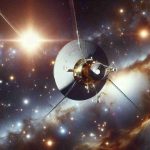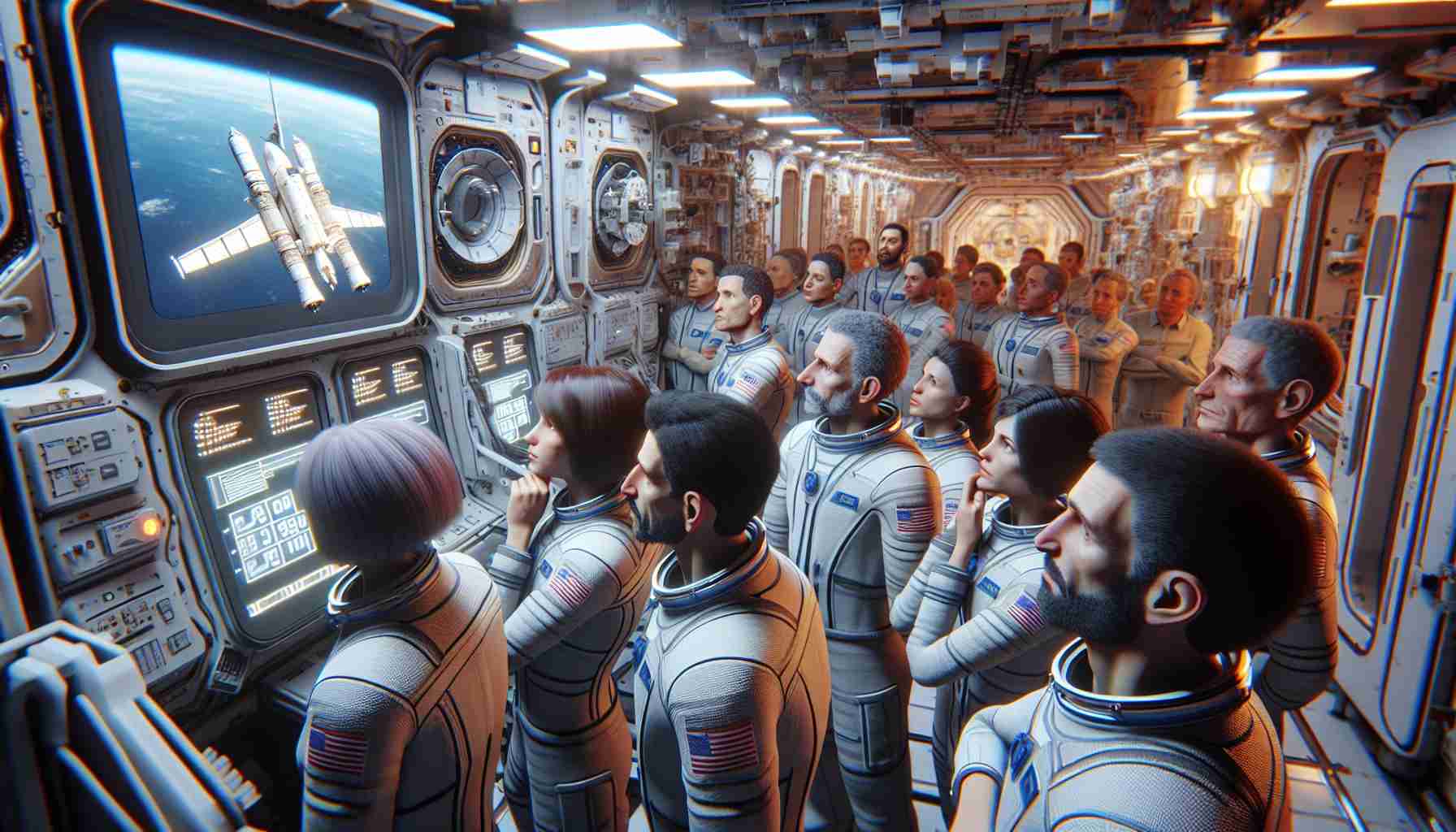After facing unexpected challenges with the Starliner spacecraft, two astronauts who were originally scheduled for an eight-day space voyage will now be staying on the International Space Station (ISS) for eight months.
The decision to extend the astronauts’ stay and arrange for their return on a SpaceX mission rather than the Boeing Starliner marks a significant shift in plans for the NASA space agency and a setback for Boeing, the aerospace giant. The move was announced by NASA Administrator Bill Nelson during a press conference following a meeting of the operational decision-making committee.
The technical teams at Boeing and NASA conducted thorough assessments to address propulsion system issues that compromised the Starliner’s capability to safely return the astronauts to Earth as planned. Due to safety concerns, it was deemed too risky to attempt a return with the current spacecraft conditions.
Meanwhile, Elon Musk’s SpaceX is poised to assist the astronauts along with NASA in facilitating their return journey aboard the Crew-9 mission in February. This unexpected turn of events not only reflects on Boeing’s image but also raises questions about their ability to deliver on space ventures following a series of setbacks and quality concerns with their commercial aircraft models.
Despite these hurdles, the collaboration between NASA, Boeing, and SpaceX underscores the ongoing efforts to ensure astronaut safety and mission success in space exploration endeavors.
Space Travel Update: Starliner Astronauts Face Extended Stay on ISS
As the news of the Starliner astronauts’ prolonged stay on the International Space Station (ISS) continues to unfold, several important questions arise regarding the future of space travel and the challenges associated with the current situation.
Key Questions:
1. What specific technical issues led to the decision to extend the astronauts’ stay on the ISS?
2. How will the shift from Boeing’s Starliner to SpaceX for the astronauts’ return impact future collaborations between NASA and private aerospace companies?
3. What measures are being taken to ensure the safety and well-being of the astronauts during their extended mission duration?
4. How will Boeing address the setbacks and quality concerns that have surfaced in their space ventures?
Challenges and Controversies:
The decision to delay the astronauts’ return and switch to a SpaceX mission highlights the challenges in ensuring the reliability and safety of space travel systems. It also raises concerns about Boeing’s ability to overcome technical hurdles and deliver on its commitments in the space industry.
One of the key controversies surrounding this issue is the potential impact on Boeing’s reputation as a leading aerospace company, given the series of setbacks and quality issues experienced with its commercial aircraft models as well as space ventures like the Starliner.
Advantages and Disadvantages:
The collaboration between NASA, Boeing, and SpaceX in addressing the current situation underscores the benefits of having multiple partners in the space exploration sector. By leveraging the expertise and resources of different companies, there is a greater chance of finding solutions to complex challenges.
However, the delay in the astronauts’ return and the reliance on a different spacecraft for their journey back to Earth highlight the disadvantages of setbacks in the development and testing of space technology. These delays not only impact mission timelines but also raise questions about the overall preparedness of aerospace companies in ensuring mission success.
For further information on space exploration and related updates, you can visit NASA’s official website.
Remember to stay tuned for more updates on this evolving space travel situation.
 Exploring a Cosmic Ballet: New Discoveries Challenge Our Understanding of Black Holes
Exploring a Cosmic Ballet: New Discoveries Challenge Our Understanding of Black Holes  A Mysterious Cosmic Phenomenon Unveiled
A Mysterious Cosmic Phenomenon Unveiled  The Intricacies of Human Touch Perception Unveiled Through Revolutionary Study
The Intricacies of Human Touch Perception Unveiled Through Revolutionary Study  Revolutionizing Drug Synthesis Through Breakthrough Molecule Creation
Revolutionizing Drug Synthesis Through Breakthrough Molecule Creation  WhatsApp Introduces Virtual Assistant Feature
WhatsApp Introduces Virtual Assistant Feature  Voyager 1: A Journey Through the Cosmos
Voyager 1: A Journey Through the Cosmos  WhatsApp Compatibility Update Impacting Older Phone Models
WhatsApp Compatibility Update Impacting Older Phone Models  How to Enhance Privacy While Listening to Messages on WhatsApp
How to Enhance Privacy While Listening to Messages on WhatsApp  A Glimpse into the Future: The Rise of Extraterrestrial Life Forms
A Glimpse into the Future: The Rise of Extraterrestrial Life Forms 